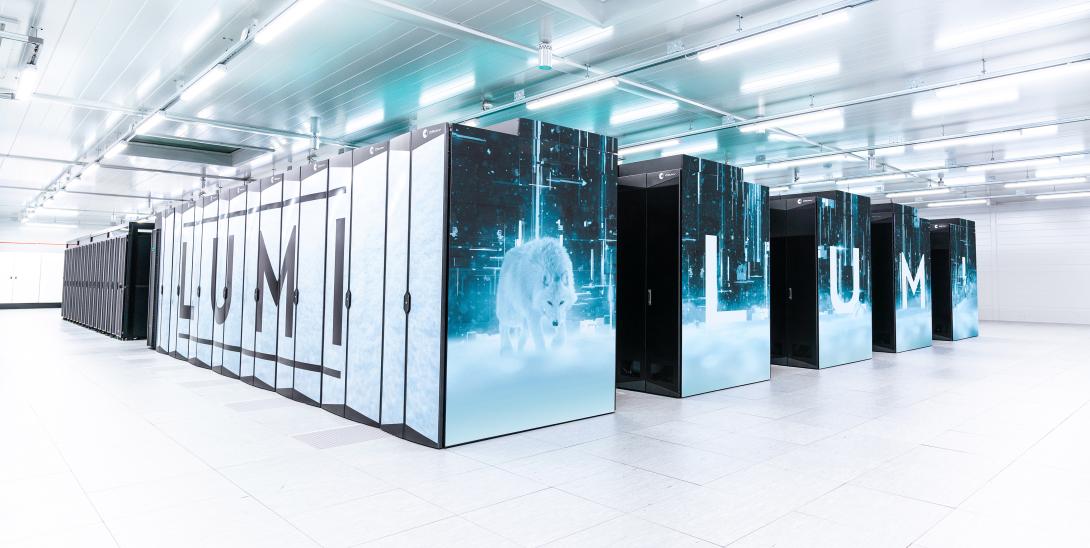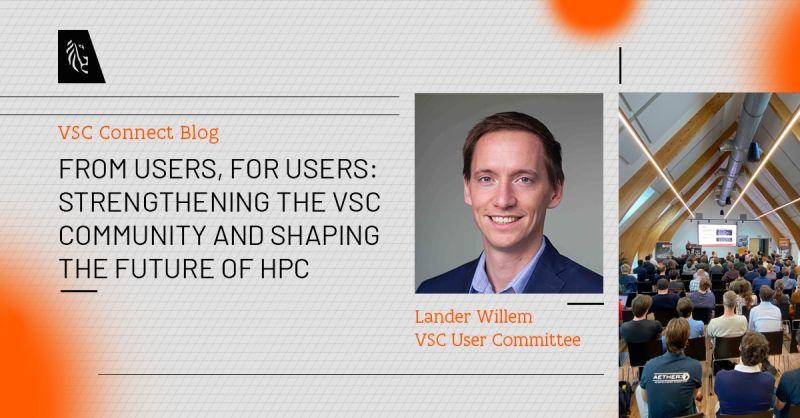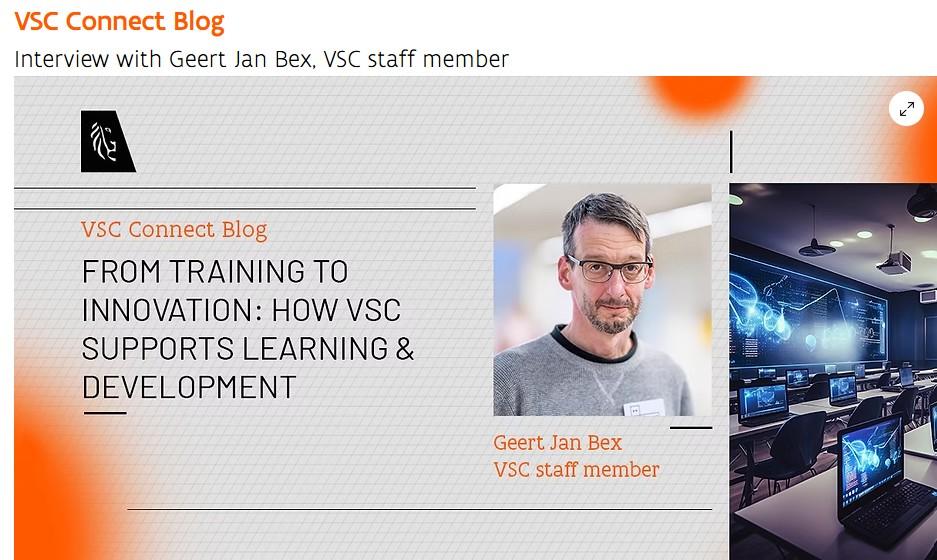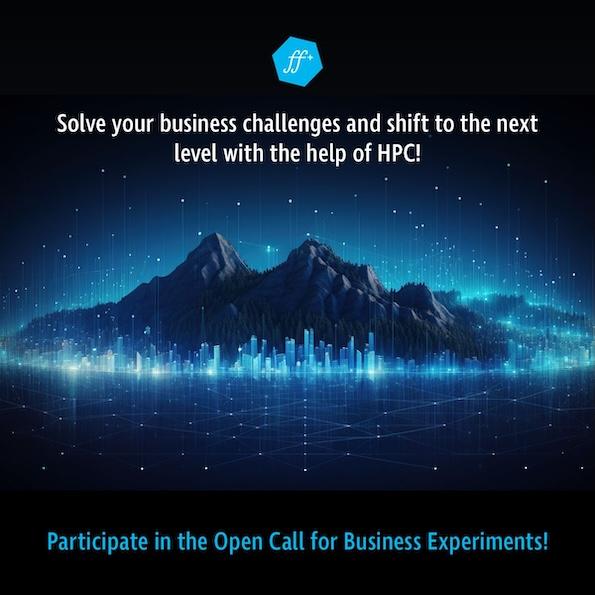LUMI BE USER DAY 2025

On December 17th, 2025, the third edition of the LUMI-BE User Day will take place in the Marie-Elisabeth Belpaire Building, Bd Simon Bolivar 17, Brussels.
It is jointly organised with the VSC (the Flemish Supercomputer Center) Users Day.
The LUMI-BE parallel session contains experiences and inspiring stories from LUMI users.
Program
| Time | Topic | Speaker |
|---|---|---|
| 11.30-12.10 | Catching the wind: Machine Learning Weather Prediction with anemoi | Michiel Van Ginderachter (RMI) |
| 12.10-12.35 | Quantum Simulations and Machine Learning for Future Materials Technologies | Cem Sevik (UAntwerpen) |
| 12.35-12.40 | Short update on getting access to EuroHPC infrastructure and support | Stefan Becuwe (UAntwerpen) |
| 12.40-13.30 | Lunch | |
| 13.30-14.00 | Implementation and Optimization of a multi-GPU Discontinuous Galerkin Solver for Maxwell’s Equations | Orian Louant (ULiege) |
| 14.00-14.30 | Next-generation HPC for first-principles simulations of plasma in astrophysics | Fabio Bacchini (KU Leuven) |
| 14.30-15.00 | High-fidelity simulation of high speed turbulent flows in low-pressure turbines for advanced jet engines | Laurent Bricteux (UMons) |
The full program and registration form can be found on https://www.vscentrum.be/ud25
Practical
Date and time: Wednesday, 17th of December - Start 10.00 (Welcome at 9.30)
Location: Marie-Elisabeth Belpaire Building, Bd Simon Bolivar 17, Brussels - Google Maps
This event is jointly organised by:




